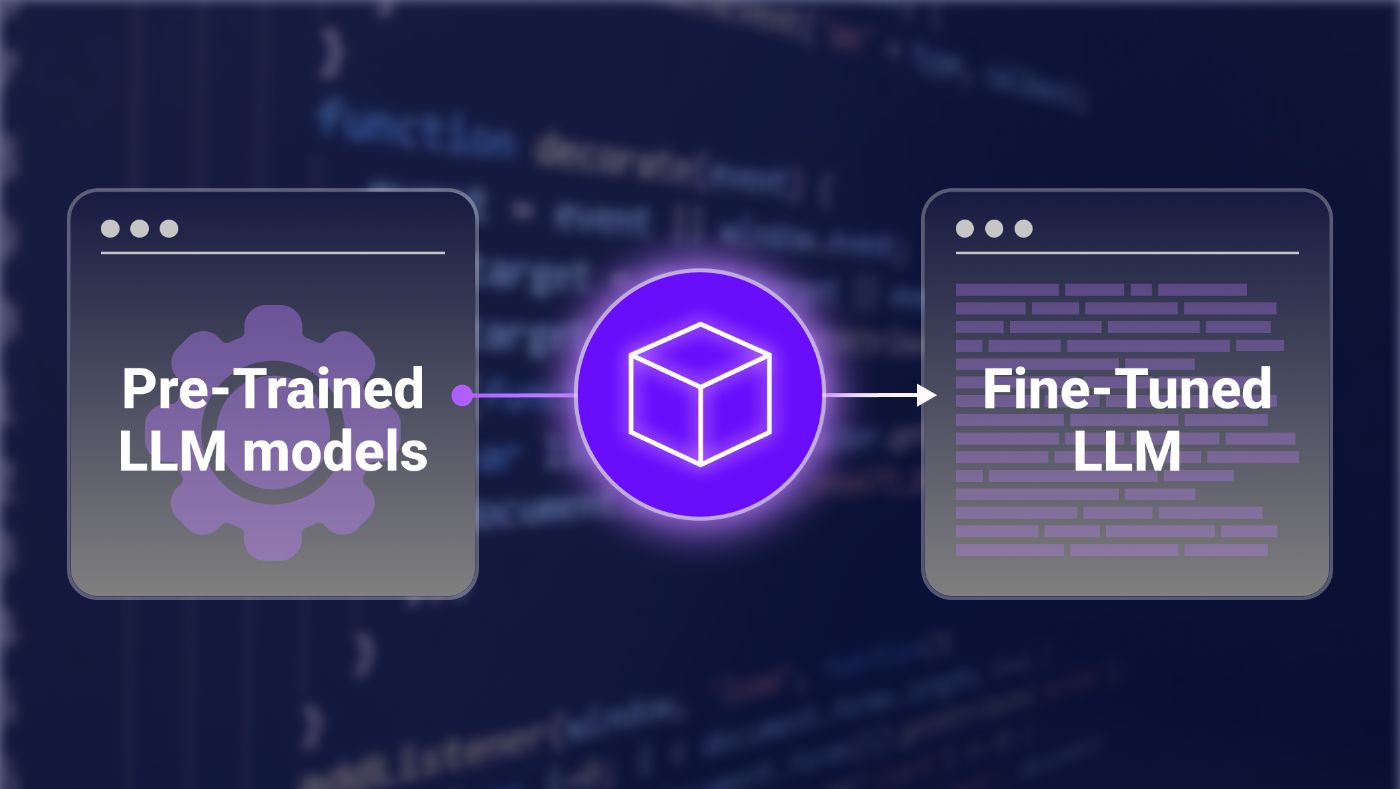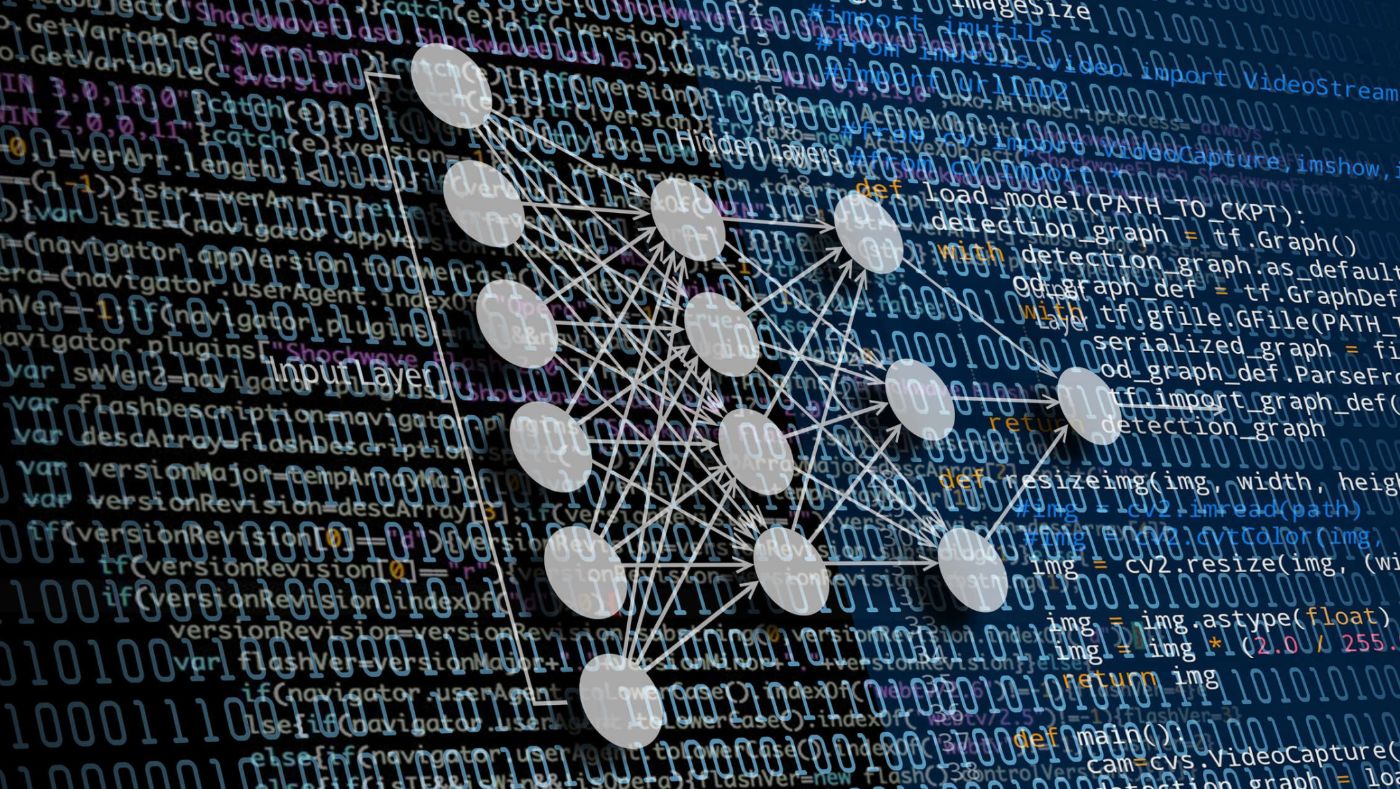and the distribution of digital products.
Advanced LLM Development 101: Strategies and Insights from Igor Tkach, CEO of Mindy Support
Igor Tkach, CEO
\ The demand for sophisticated language models has never been greater.
\ In this article, I talk about the various aspects of advanced LLM development to help you enhance your existing models or start new LLM projects. This resource gives you the know-how and confidence to foster innovation and achieve the type of results you are looking for in your AI investment.
Strategic LLM Implementation Planning
\ The initial step in your LLM implementation planning is to assess your organizational needs and goals. By understanding these specifics stakeholders can tailor language model deployment to boost efficiency, improve decision making processes and reach desired goals. This foundational evaluation ensures that integrating advanced LLMs aligns with business strategies while delivering outcomes. This will help you to create a clear roadmap for cutting edge LLM integration where you will lay out phases and milestones that must be achieved. From the stages of planning to the deployment every step is carefully carried out. By following this process companies can smoothly incorporate language models and harness their full potential to spur innovation and operational excellence.
\ The next step would be to think about tailored LLM applications that offer customized solutions to tackle unique challenges and enhance overall performance. These specialized language models help you streamline operations with tools like predictive analytics, that can go a long way towards your goals of providing personalized user experiences.
Innovative Architecture Design
\ Creating custom LLM architectures involves developing language models that cater to an organization's specific requirements and goals. This approach ensures that the LLM is fine tuned for the data, workflows and applications of the business, which improves performance and attains precise outcomes. By developing custom architectures, organizations can achieve greater flexibility, scalability, and effectiveness in their AI-driven initiatives. The top model designs utilize the advancements in AI and machine learning to construct efficient and robust language models and incorporate techniques and structures that empower organizations to achieve accuracy, performance levels and adaptability, in their LLM applications. By utilizing these cutting edge solutions companies can stay ahead of the game. Propel technological advancement.
\ When designing your LLM architecture you should compare it against other industry benchmarks to make sure that you are not only meeting, but also exceeding established performance standards. By measuring models against top tier benchmarks businesses can validate their effectiveness, pinpoint areas for enhancement and uphold a competitive edge. This approach virtually guarantees that the deployment of LLMs is sturdy, dependable and in line with the top technological progress.
\
Thorough Data Engineering\

\ Cutting-edge model design solutions use the newest breakthroughs in AI and machine learning to build very effective and strong language models. They include new methods and structures allowing companies to reach top-notch accuracy, performance, and flexibility in their LLM applications. By using these advanced solutions, businesses can keep up with the latest trends and push forward with their initiatives.
\ It is important to pay attention to big data preprocessing and management as it is key to rolling out advanced language models. This process cleans up, organizes, and structures datasets to ensure top-notch data that can be used to train and analyze, thereby boosting model performance. Managing huge datasets effectively lays the groundwork for scalable AI applications that produce accurate and reliable results. Keep your data quality at a high level by checking and refining processes to keep data accurate, consistent, and relevant. By putting in place quality checks and continuously improving, companies can make their models work exponentially better.
\
Efficient Training Methods\

\ High performance computing (HPC) is an effective training method to speed up the creation and rollout of language models. It offers the strength to handle complex algorithms and big datasets by tapping into HPC resources, allowing companies to cut down on training times, boosting model accuracy, and taking on new AI projects to spark new ideas and get better results.
\ Distributed training solutions are key for scaling the development of large language models, as they enable the simultaneous processing of data across multiple machines or nodes. This approach not only accelerates training times but also improves efficiency by handling vast amounts of data and computational tasks in parallel, ultimately leading to more robust and high-performing AI models. Lastly, we would like to tell you about optimizing language model performance through hyperparameter tuning. This process involves adjusting parameters like learning rate, batch size and model architecture to attain higher quality results. By systematically exploring different configurations and evaluating their impact, organizations can enhance model accuracy, efficiency, and overall effectiveness.
\
Refining Expertise and Transferring Knowledge
\ Tailored fine-tuning techniques for Large Language Models (LLMs) involve customizing pre-trained models to enhance performance on specific tasks or domains. These techniques include methods like domain-adaptive pre-training, task-specific fine-tuning, and prompt engineering, which leverage domain-specific data or carefully designed prompts to improve the model's accuracy and relevance in specialized applications.
\ When you want to train models that have already been trained on large data sets in a way that they perform well for some specific tasks or in certain domains, you can utilize pre-trained methods. During the process, where fine-tuning and transfer learning are among the methods used; these models are adapted to meet specialized requirements while maintaining their general knowledge. Finally, you have the option to use advanced transfer learning methods, which involve using pre-trained models to boost performance on similar tasks and reduce the need for lots of labeled data. Methods like fine-tuning, multi-task learning, and domain adaptation make it possible for models to learn good general representations that can be easily adapted in different applications.
\
Evaluation and Validation of Machine Learning Models
\ When it comes to assessing the performance of machine learning models we delve into using measures to gauge how effective and accurate they are. Key metrics, like accuracy, precision, recall, F1 score and area under the ROC curve (AUC) offer insights into aspects of model performance. These metrics help ensure that the models meet the desired standards and can perform well in real world scenarios.
\Evaluating machine learning models in terms of efficiency and correctness requires the use of a variety of quantitative methods, as well as performance metrics. Common parameters are inserted, including accuracy, precision, recall, F1 score and area under ROC curve (AUC), which provide insights into different aspects of the model’s performance so that it meets the required standards and can perform well in real life cases. A more comprehensive model validation on the other hand will mean examining a machine learning model’s performance from many facets to ensure its reliability and robustness. Techniques for this phase include cross-validation, stress testing with various datasets as well as assessing generalization ability that help find possible weaknesses and guarantee that the model performs satisfactorily across various circumstances and data sets.
\
Security and Regulatory Compliance
\ Implementing data privacy and security measures is crucial in the development and deployment of machine learning models to protect sensitive information and ensure user trust. These measures include encryption of data at rest and in transit, implementing robust access controls, and ensuring data anonymization where appropriate. Regular security audits and vulnerability assessments help identify and mitigate potential threats. Additionally, adherence to best practices for data handling, such as minimizing data retention and using synthetic or aggregated data where possible, further enhances privacy and security.
\ Adhering to regulatory standards is essential for maintaining compliance with laws and industry guidelines, such as GDPR, HIPAA, and CCPA, which govern data protection and privacy. This involves understanding and integrating regulatory requirements into the data processing workflows and ensuring transparent data usage policies. Secure deployment and operation protocols are also critical, encompassing practices like continuous monitoring for security breaches, maintaining up-to-date software with the latest security patches, and employing disaster recovery and incident response plans. By combining these approaches, organizations can achieve a secure, compliant environment for their machine learning operations, fostering trust and reliability in their AI solutions.
Lifecycle Management and Continuous Improvement
\ Lifecycle management and continuous improvement are pivotal for maintaining the efficacy and relevance of machine learning models over time. Regular model maintenance services are essential components of this process, involving routine performance monitoring, data quality checks, and recalibration of models to address any drift or degradation in accuracy. These services ensure that models remain robust and effective, adapting to changing data patterns and evolving user needs. Additionally, maintenance includes updating the model to fix bugs, patch security vulnerabilities, and optimize operational efficiency, which collectively contribute to the model's longevity and reliability.
\ Strategies for model updates and enhancements are critical for keeping models up-to-date with the latest advancements and business requirements. This can involve periodic retraining with fresh data, incorporating new features, and fine-tuning hyperparameters to improve performance. Continuous learning frameworks can be employed to automate the incorporation of new data and insights, enabling models to evolve in real-time. Full lifecycle management solutions encompass the entire journey of a model from development to deployment, monitoring, and eventual decommissioning.
Specialized LLM Development Topics\

\ Specialized development of Large Language Models (LLMs) involves addressing unique challenges and opportunities in multilingual and cross-cultural applications. As global communication increasingly requires understanding and generating text across various languages and cultural contexts, LLMs must be adept at handling diverse linguistic nuances and cultural idioms. This involves training models on a wide range of multilingual datasets and employing techniques to preserve context, tone, and meaning across languages. Such models can facilitate more effective global business operations, customer service, and inclusive digital experiences by ensuring accurate and culturally sensitive translations and interactions.
\ Integration with broader AI systems represents another crucial aspect of specialized LLM development. LLMs can be embedded within larger AI ecosystems, augmenting their capabilities with natural language understanding and generation. This integration can enhance functionalities in areas like automated customer support, advanced data analytics, and personalized content delivery. For instance, combining LLMs with computer vision systems can lead to more comprehensive multimedia analysis, while integrating with robotic process automation (RPA) can streamline business workflows. Effective integration requires ensuring seamless interoperability, real-time data exchange, and robust API frameworks to fully leverage the synergies between LLMs and other AI components.
Case Studies and Industry Insights
\ While there are many successful cases of LLM implementation, one that particularly stands out is Netflix. They leverage Large Language Models (LLMs) to enhance various aspects of its service, from content recommendation to customer support, ultimately improving user experience and operational efficiency. One of the primary applications of LLMs at Netflix is in its recommendation engine. By analyzing vast amounts of data, including viewing histories, search queries, and user reviews, LLMs can understand and predict individual user preferences with remarkable accuracy. This allows Netflix to offer personalized content suggestions that keep users engaged, increasing viewership and subscriber retention. The models process natural language data to identify nuanced patterns and trends, ensuring recommendations are relevant and timely.
\ In addition to content recommendation, Netflix employs LLMs for enhancing customer support. By integrating LLMs into their support systems, Netflix can provide more efficient and accurate responses to user inquiries. For instance, LLMs can power chatbots that handle a significant portion of customer interactions, resolving common issues such as account management, billing questions, and technical problems without the need for human intervention. These models are capable of understanding and generating human-like text, making interactions feel more natural and helpful. Furthermore, LLMs can assist support agents by providing context-aware suggestions and automated responses, thus reducing response times and improving the overall support experience.
Trust the Experts to Get You the Best Results
Expert guidance in advanced LLM development is pivotal for harnessing the full potential of these transformative technologies. Navigating the complexities of model architecture, data management, and application integration requires a deep understanding of both the technical and strategic aspects of LLMs. By leveraging the expertise of professionals in the field, organizations can ensure the development of robust, efficient, and ethically sound models that meet their specific needs and objectives. As LLM technology continues to evolve, ongoing collaboration with experts will be essential for adapting to new advancements, addressing emerging challenges, and driving innovation in ways that maximize impact and value across various industries.
\n By Igor Tkach
\ CEO, Mindy Support
- Home
- About Us
- Write For Us / Submit Content
- Advertising And Affiliates
- Feeds And Syndication
- Contact Us
- Login
- Privacy
All Rights Reserved. Copyright , Central Coast Communications, Inc.